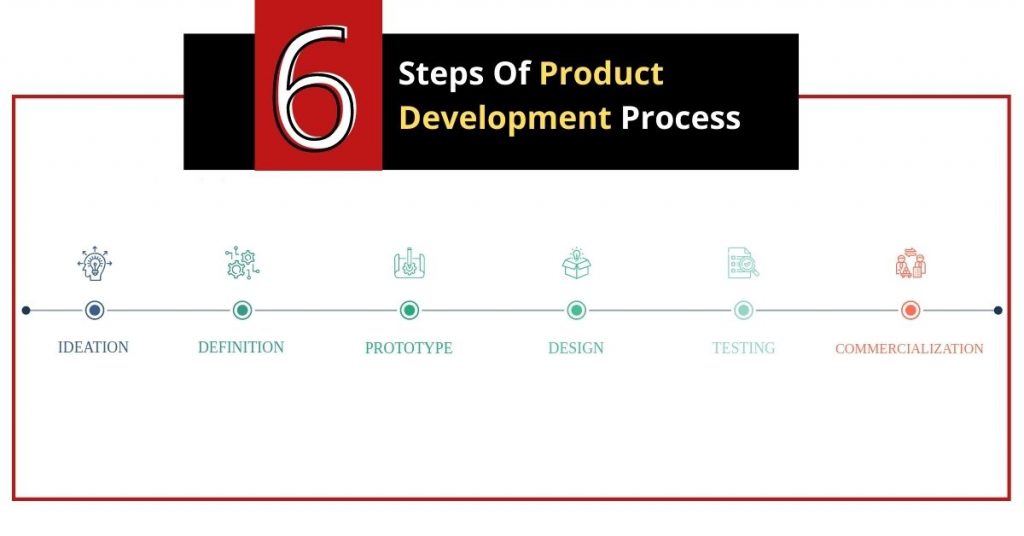As the lines between IP and Business strategies blur, aligning the two is becoming common practice for organizations. IP Rights may be protected in the form of patents, trademarks, copyrights, and trade secrets. Selecting the right type of protection will depend on the business’s present and future business objectives for the company.
When patenting an invention, companies have two options, i.e., the trade secret route and the patent route. Choosing between the two will depend on what shape the final product takes. Therefore, it is best to wait till the later stages when all patent filing requirements for the product are ready. Nature of the invention, competition analysis, likelihood of similar creations by other companies/independent creators etc. are a few factors that need to be looked into when making this important decision.






